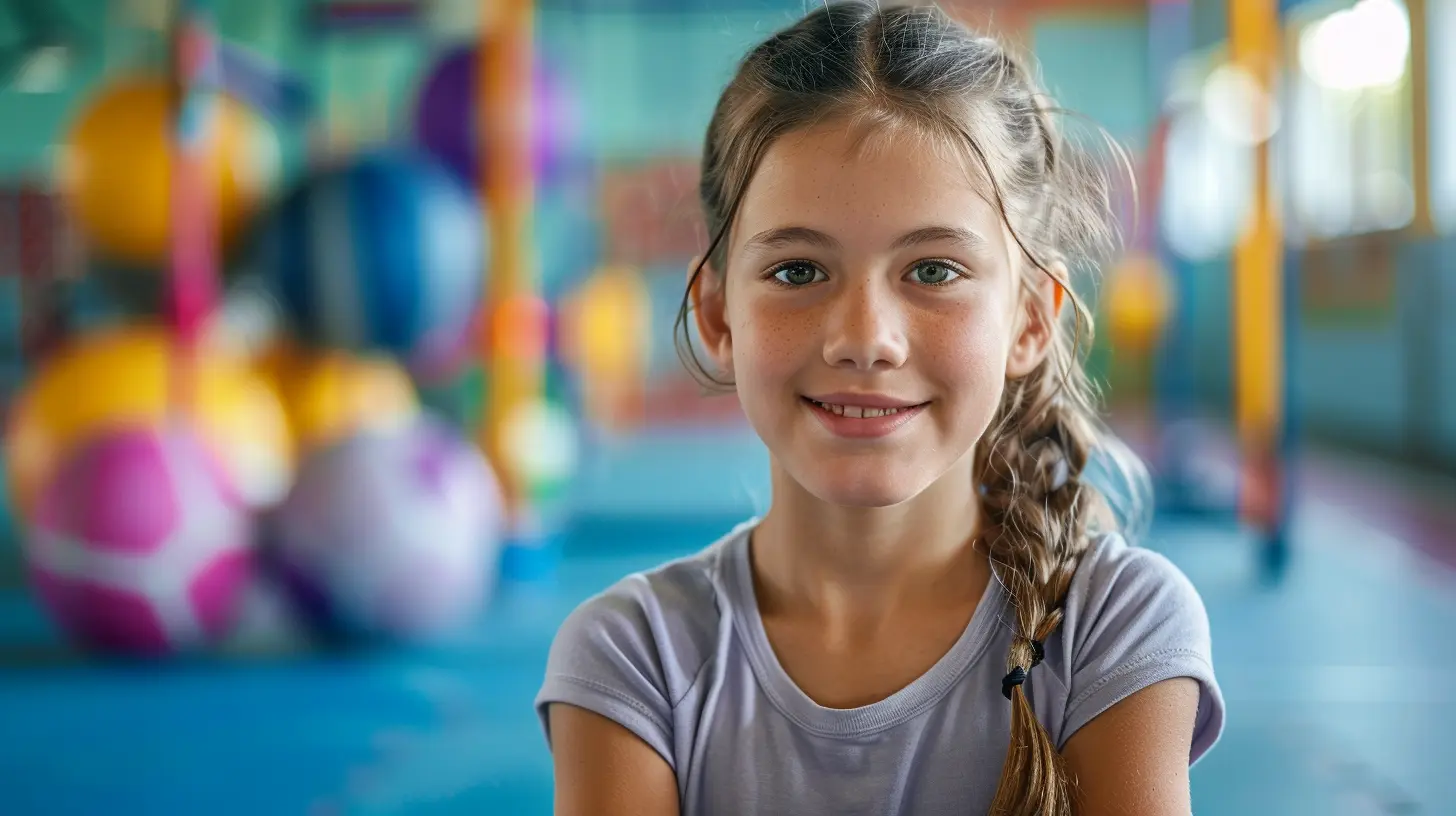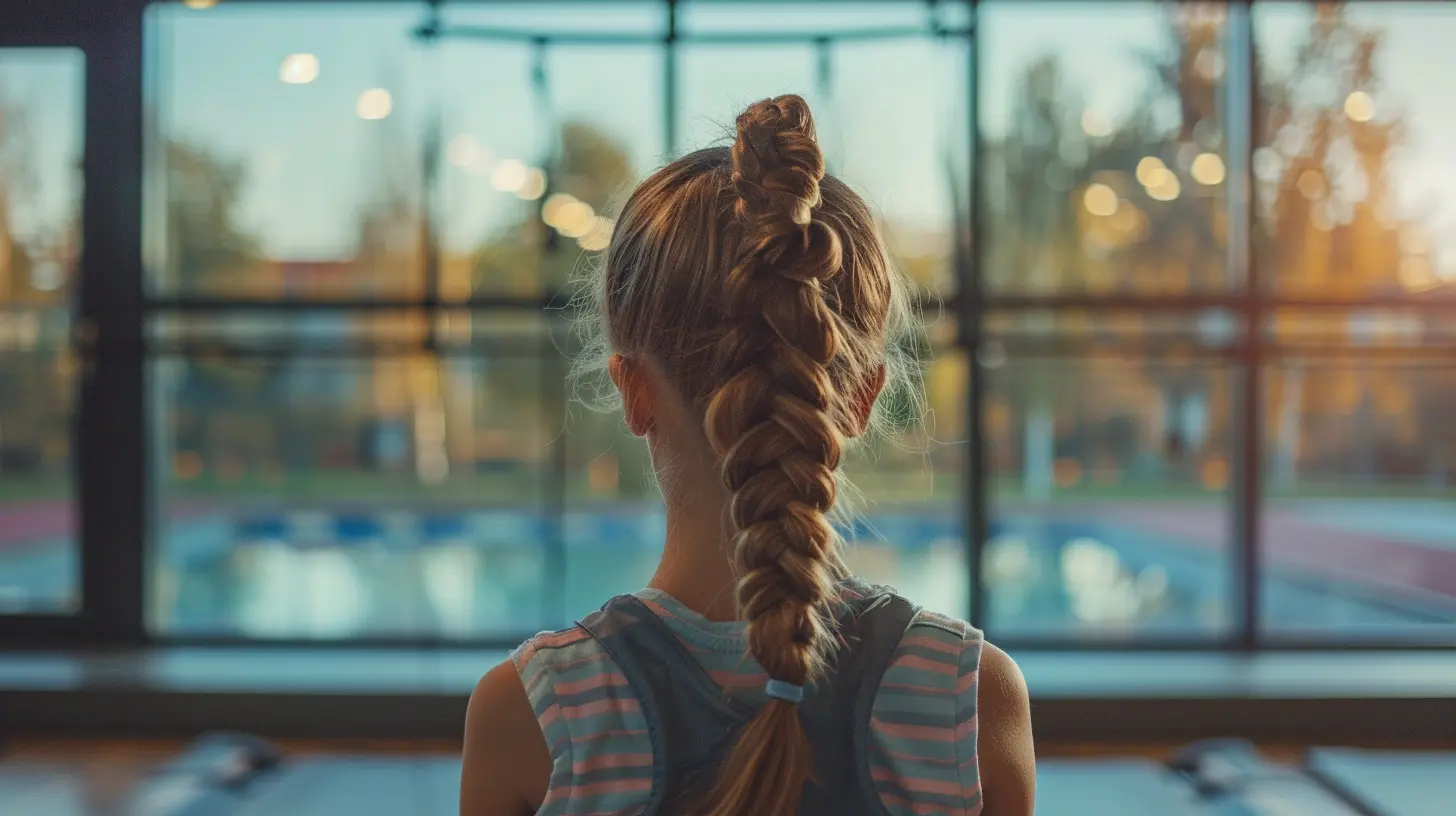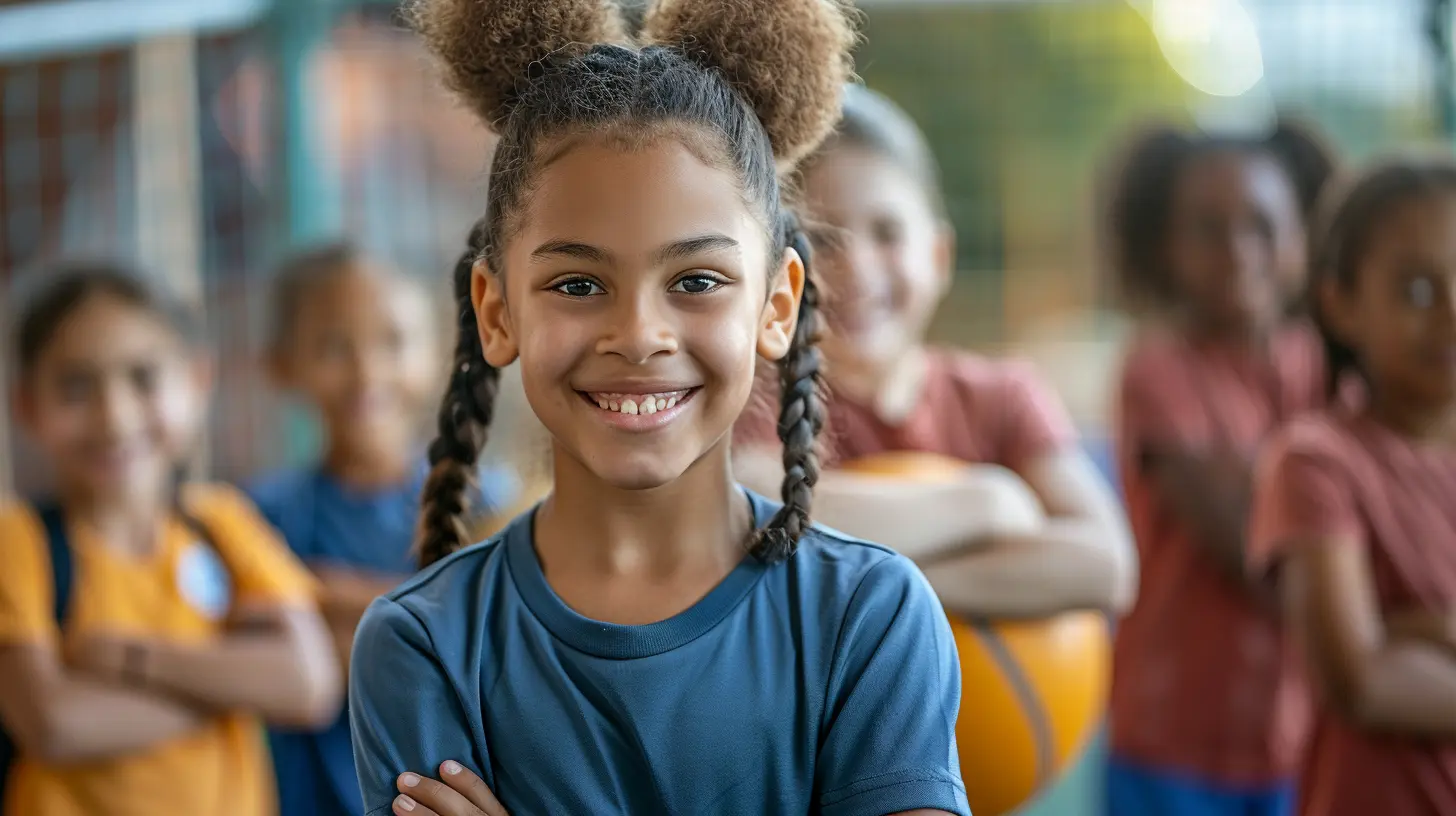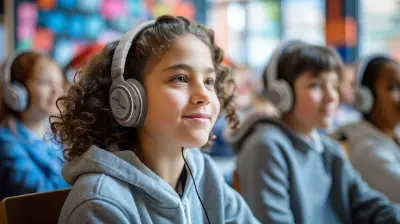The Power of Reflection: Encouraging Students to Set Fitness Goals
12 July 2025
We live in a world where screens dominate our attention and sedentary lifestyles have become the norm. As a result, it's more important than ever to encourage students to stay active and healthy. One of the most effective ways to do this is by helping them set meaningful fitness goals. But here's the catch: setting goals isn’t enough on its own. It’s reflection—thoughtfully looking back on progress and challenges—that truly makes a difference in sticking to those goals.
So, what’s the secret sauce to getting students to not only set fitness goals but also achieve them? It all comes down to reflection and self-awareness. Let’s dive into why reflection is so powerful, how it helps students set and achieve their fitness goals, and how educators can foster a reflective mindset in the classroom.

Why Reflection Matters in Fitness
Wait, What is Reflection?
Reflection is essentially the practice of looking back on experiences, analyzing them, and learning from them. It’s about pausing and thinking, "What worked? What didn’t? How can I improve moving forward?" For students, this process is crucial when it comes to sticking to fitness goals. Why? Because without reflection, they’ll be running in circles—both figuratively and literally.Reflection transforms goal-setting from a one-time task to an ongoing process. It helps students understand their strengths and weaknesses, monitor their progress, and adjust their strategies as needed. In other words, reflection is the GPS that keeps students on track toward their fitness goals.
The Link Between Reflection and Motivation
One of the biggest challenges students face when trying to meet their fitness goals is maintaining motivation. Let’s be real: it's easy to start strong, but staying consistent? That’s a whole different story.This is where reflection swoops in like a superhero. When students take the time to reflect—whether it's after a workout, a week, or a month—they're able to see how far they’ve come. Even small victories, like running an extra 5 minutes or lifting 10 more pounds, can fuel motivation. Reflection allows students to celebrate these wins, and more importantly, it helps them understand what’s keeping them motivated and what’s holding them back.
Learning From Setbacks
Let’s face it: setbacks are inevitable. Maybe a student falls off track because of exams, or they get frustrated when they don’t see immediate results. But here’s the thing—setbacks aren’t failures. They’re learning opportunities.By reflecting on setbacks, students can figure out what went wrong and how they can avoid the same mistakes in the future. For example, if a student notices they skip their workout every time they have a late-night study session, they can come up with a plan to fit their exercise in earlier in the day. Reflection turns "failures" into stepping stones for success.

How Reflection Enhances Fitness Goal-Setting
Step 1: Setting SMART Goals
Before students can start reflecting, they need to set solid goals. One fantastic framework to use is SMART goals, which stands for Specific, Measurable, Achievable, Relevant, and Time-bound. Here’s a quick breakdown:- Specific: The goal should be clear and detailed. Instead of saying, “I want to get fit,” a more specific goal would be, “I want to run a 5K.”
- Measurable: Students need to track their progress. For example, “I will run 3 times a week” is measurable.
- Achievable: Goals should be challenging but realistic. Running a marathon next month may not be achievable, but training for that 5K in a couple of months? That’s doable.
- Relevant: The goal should align with the student’s overall fitness desires. If they hate running but love swimming, maybe their goal should focus on swimming instead.
- Time-bound: There needs to be a deadline. “I will run a 5K by the end of the semester” gives a clear timeframe.
Step 2: Reflecting on Progress Regularly
Once students have their SMART goals in place, reflection becomes their best friend. Encourage them to check in with themselves regularly—whether it’s daily, weekly, or after each workout. The key is consistency.Students can ask themselves questions like:
- What went well today?
- What challenges did I face?
- How do I feel after this workout?
- Am I closer to achieving my goal?
- What can I do differently next time?
This kind of self-assessment helps students fine-tune their approach and keep their eyes on the prize. It also helps them recognize patterns and adjust their goals as needed.
Step 3: Adjusting Goals Based on Reflection
It’s important for students to realize that fitness goals aren’t set in stone. Sometimes, adjustments need to be made, and reflection is the compass that guides those changes. Maybe a student realizes they’re progressing faster than expected, and it’s time to aim a little higher. Or maybe they need to slow down and focus on smaller, more manageable milestones.By regularly reflecting, students can ensure their goals stay relevant and achievable, while still pushing them to improve.

How Educators Can Encourage Reflection in Fitness
As educators, we have the opportunity to help students develop a reflective mindset. But how do we practically do that? Here are some strategies to encourage reflection when it comes to fitness goals:1. Journaling
One of the simplest and most effective methods for encouraging reflection is journaling. Encourage students to keep a fitness journal where they can log their workouts, track their progress, and jot down their thoughts. This can be a physical journal or even a digital app.Journals serve as a mirror, reflecting back progress and helping students connect the dots between effort and results. Over time, students can look back and see patterns they might’ve missed otherwise.
2. Group Discussions
Reflection doesn’t always have to be a solo activity. Group discussions can be a great way to foster reflection, especially in a classroom setting. You could have students share their fitness goals and progress with one another. This not only builds accountability but also allows students to learn from each other’s experiences.Sometimes hearing about someone else’s struggles or victories can spark new insights and ideas.
3. Guided Questions
Some students may struggle with knowing what to reflect on. That’s where guided questions come in handy. As an educator, you can provide prompts that help students dive deeper into their reflections. For example, you could ask:- What do you find most challenging about your fitness goal?
- What strategies have you used to overcome obstacles?
- How do you feel physically and mentally after each workout?
- What progress have you made that you’re most proud of?
By providing a framework for reflection, you’ll help students develop the habit of asking themselves these kinds of questions on their own.
4. Celebrate Milestones
Reflection shouldn’t just focus on the setbacks; it’s vital to celebrate the victories too. As educators, we can help students recognize and celebrate milestones along the way. Whether it’s a shout-out in class or a fitness challenge award, acknowledging progress boosts morale and reinforces the importance of reflection.5. Encourage Mindfulness
Reflection goes hand-in-hand with mindfulness. Mindfulness is all about being present and aware of your thoughts, feelings, and body. Encouraging students to practice mindfulness during their workouts (and in their daily lives) can enhance the reflection process. When students are in tune with their bodies, they’ll be better equipped to understand what’s working and what isn’t.You can introduce simple mindfulness exercises, such as deep breathing, body scans, or mental check-ins, to encourage students to stay present during their fitness routines.

The Long-Term Benefits of Reflection in Fitness
Building Lifelong Healthy Habits
The beauty of reflection is that it doesn’t just help students meet short-term fitness goals—it helps them develop lifelong habits. When students learn to reflect on their progress, they’re more likely to stay committed to their fitness routines even after they’ve achieved their initial goals.Reflection fosters a growth mindset, where students see fitness as an ongoing journey rather than a destination. They learn to appreciate the process, not just the outcome, and they become more resilient in the face of challenges.
Boosting Self-Esteem and Confidence
Another long-term benefit of reflection is its impact on self-esteem and confidence. When students reflect on their progress, they start to see the positive changes in themselves—not just physically, but mentally and emotionally too. Over time, this builds a sense of accomplishment, reinforcing their belief in their own abilities.Transferring Reflection Skills to Other Areas of Life
Here’s the kicker: the reflection skills students develop through fitness goal-setting don’t stop at the gym. They can transfer these skills to other areas of their lives, whether it’s academics, career planning, or personal growth. Reflection is a powerful tool that helps students become more self-aware, intentional, and goal-oriented in all aspects of life.Conclusion: The Power of Reflection in Action
The power of reflection in encouraging students to set and achieve fitness goals cannot be overstated. It’s the secret ingredient that transforms goal-setting from a one-time event into an ongoing journey of growth and self-discovery. By helping students reflect on their progress, celebrate their victories, and learn from their setbacks, we’re setting them up for long-term success—not just in fitness, but in life.So, next time you’re encouraging a student to set a fitness goal, don’t forget to teach them the art of reflection. It’s the key to unlocking their full potential.
all images in this post were generated using AI tools
Category:
Physical EducationAuthor:

Olivia Lewis
Discussion
rate this article
1 comments
Lincoln Rivera
Goals are great; focus!
July 27, 2025 at 4:02 AM

Olivia Lewis
Thank you! Focusing on specific goals can indeed enhance motivation and lead to greater success in fitness.


